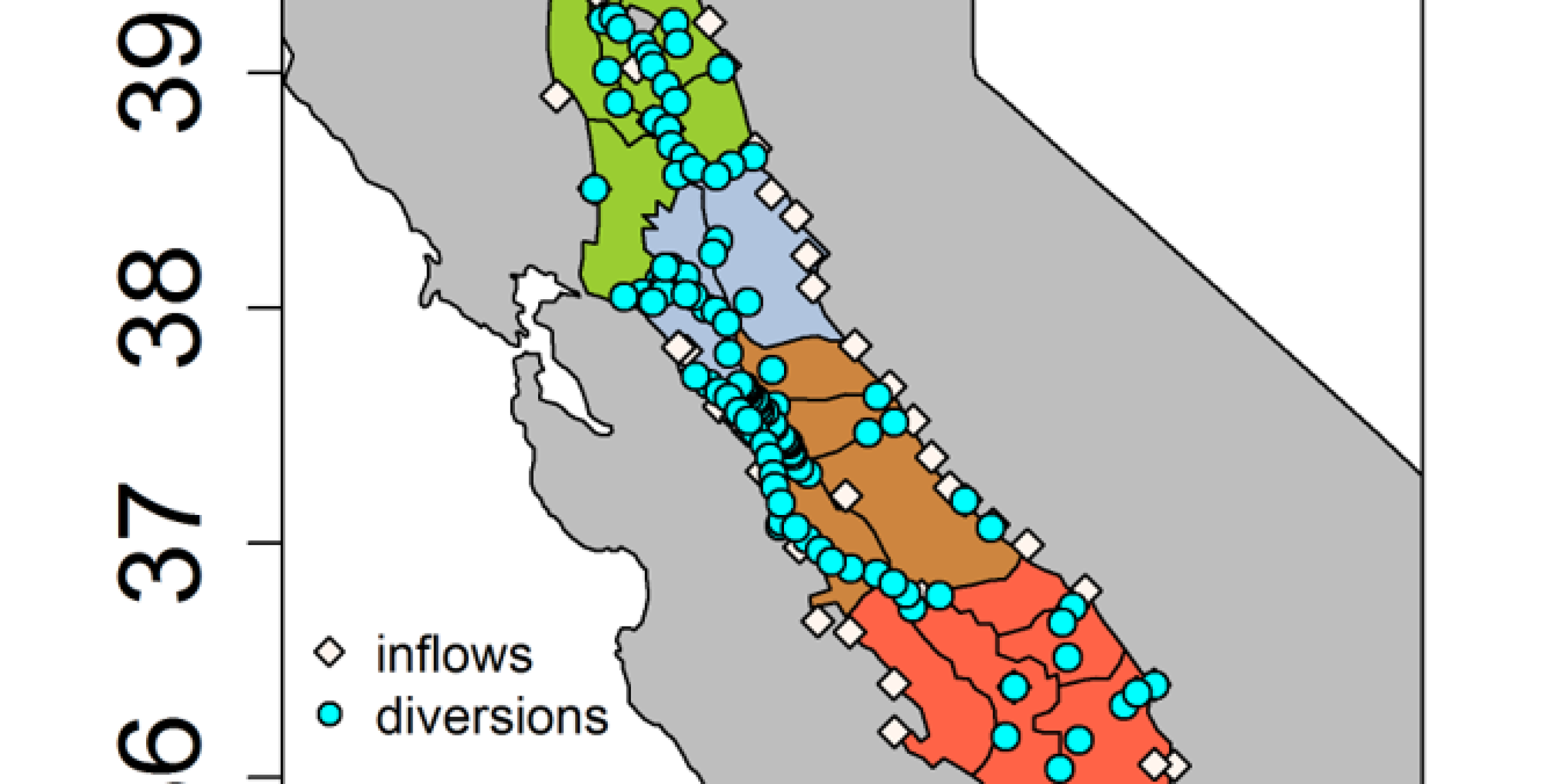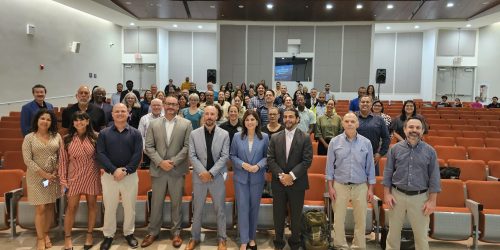The California-Nevada Applications Program (CNAP, a CPO RISA team), in collaboration with USGS and with support by the National Integrated Drought Information System (NIDIS), just published new research that shows climate variables and land use can explain water diversions throughout California’s Central Valley, one of the most productive agricultural regions in the world, and thus could drive groundwater models. Diversions (surface water that is unnaturally directed or transported to a different location) in the southern Central Valley respond strongly to contemporaneous regional precipitation. Therefore, dry years result in the smallest diversions (i.e., less surface water available for irrigation). In the northern Central Valley, such as the Sacramento basin, annual surface water diversions are more strongly governed by longer-term climate variability and by competing demands from municipal and agricultural land uses. The research, published in San Francisco Estuary and Watershed Science, shows that an initial estimate of diversions based on climate variables and land-use can be generated and therefore could be used to drive Central Valley groundwater models to estimate pumping. This supports Central Valley water management by providing a more complete picture of water use in the Central Valley prior to when official diversion data are made public (often with several years lag). Additionally, using these relationships could support long-range water management planning under projections of increasing urban demand and likely more variable precipitation. Future work will aim at exploring with USGS, NIDIS, and Central Valley decision makers how this data combined with modeling can be used to estimate Central Valley groundwater use.
Study shows how California Central Valley water usage is related to climate variability and land use










